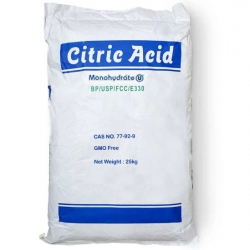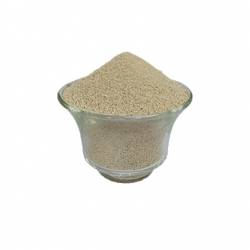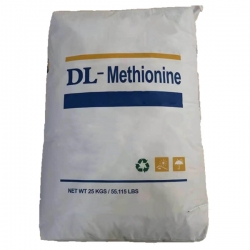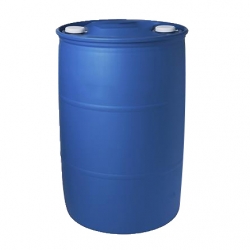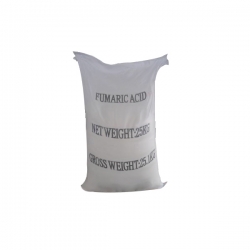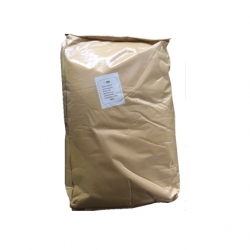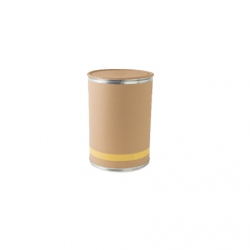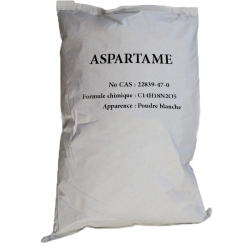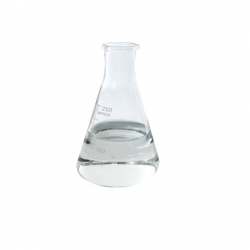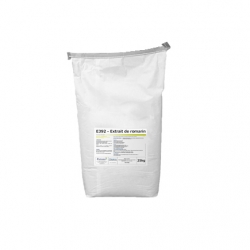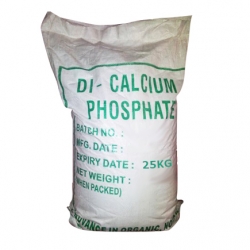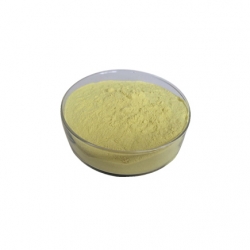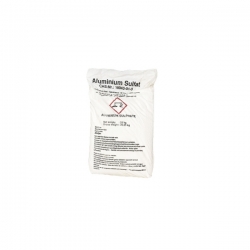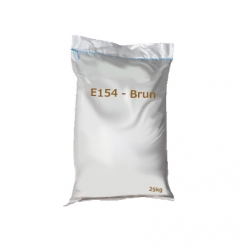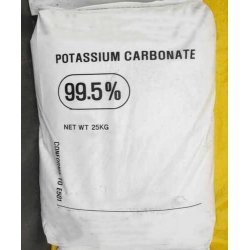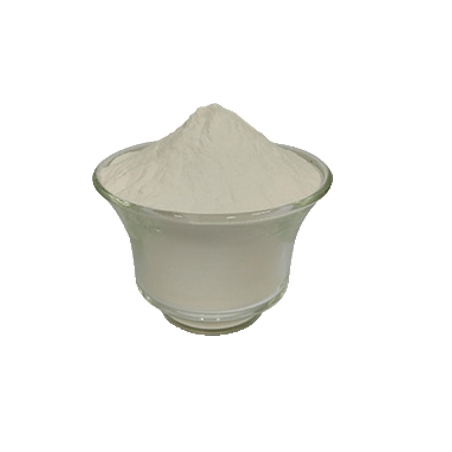No products in the cart.
Active filters
E330 - Citric Acid
Citric Acid is a tricarboxylic acid found in citrus fruits. Citric acid is used as an excipient in pharmaceutical preparations due to its antioxidant properties. It maintains stability of active ingredients and is used as a preservative. It is also used as an acidulant to control pH and acts as an anticoagulant by chelating calcium in blood.
L-Lysine
L-lysine is an essential amino acid, meaning our body cannot synthesize it and must be obtained through diet or supplements. The "L" in its name indicates its stereoisomeric configuration, which is the biologically active form. L-lysine plays a crucial role in many biological functions and is used in various medical, nutritional, and industrial applications.
L-Threonine
L-threonine is an essential amino acid. L-threonine is obtained through the hydrolysis of proteins by pancreatic enzymes during digestion.
DL-METHIONINE
Methionine is an essential amino acid, meaning it is crucial to provide a sufficient quantity to maintain good health. This amino acid is unique due to its sulfur-containing structure. It is primarily found in animal products (meat, fish, dairy) as an essential amino acid.
E420 - Sorbitol
Sorbitol is a natural polyol with a sweetness level approximately half that of sucrose. Unlike monosaccharides, its structure does not contain any ketone or aldehyde functions. It is primarily used as a bulk sweetener to replace sucrose.
E297 - FUMARIC ACID
Fumaric acid, or trans-butenedioic acid, is an unsaturated dicarboxylic acid with the chemical formula HOOC–CH=CH–COOH. It appears as a crystalline white powder that is odorless, combustible but weakly flammable, and slightly soluble in water.
E952 - Cyclamate
Cyclamate (or sodium cyclamate) is an artificial sweetener discovered in 1937 at the University of Illinois by a student named Michael Sveda.
Cyclamate is also known under the number E952.
E950 - Acesulfame Potassium
Acésulfame K is 150-200 times sweeter than sugar. Acésulfame K is a very stable crystalline sweetener, with a chemical structure similar to saccharin. Acésulfame K is commonly used in combination with aspartame or other sweeteners because it has a synergistic effect to enhance and maintain the sweet taste of foods and beverages.
E951 - Aspartame
Aspartame is an artificial sweetener discovered in 1965. It is a dipeptide composed of two natural amino acids, L-aspartic acid, and L-phenylalanine, the latter in the form of a methyl ester.
AMMONIA SOLUTION
Ammoniacal solution is an aqueous solution of ammonia (NH₃) in water. It is also known as liquid ammonia.
E392- ROSEMARY EXTRACT
E392 is the European food additive code for rosemary extract. In French, it is referred to as "Extrait de romarin." Rosemary extract is derived from the rosemary plant (Rosmarinus officinalis) and is used as a natural antioxidant in the food industry.
Monocalcium Phosphate (MDCP)
Monodicalcium Phosphate, often abbreviated as MDCP, is a chemical compound represented by the formula Ca(H2PO4)2. It is widely used in the food and agricultural industries for various applications, notably as a source of phosphorus and calcium.
Yeast extract
Yeast extract is a product derived from yeast, single-celled microorganisms belonging to the fungus kingdom. This extract is used in various applications, primarily in the food industry for its flavoring and nutritional properties.
E154 - Brown
Brown FK, or E154, is a blend of six synthetic azo dyes derived from naphthalene.
E501 - Potassium Carbonate
E501 is a food additive that corresponds to potassium carbonate. Potassium carbonate is an inorganic chemical substance used in the food industry and other sectors.


